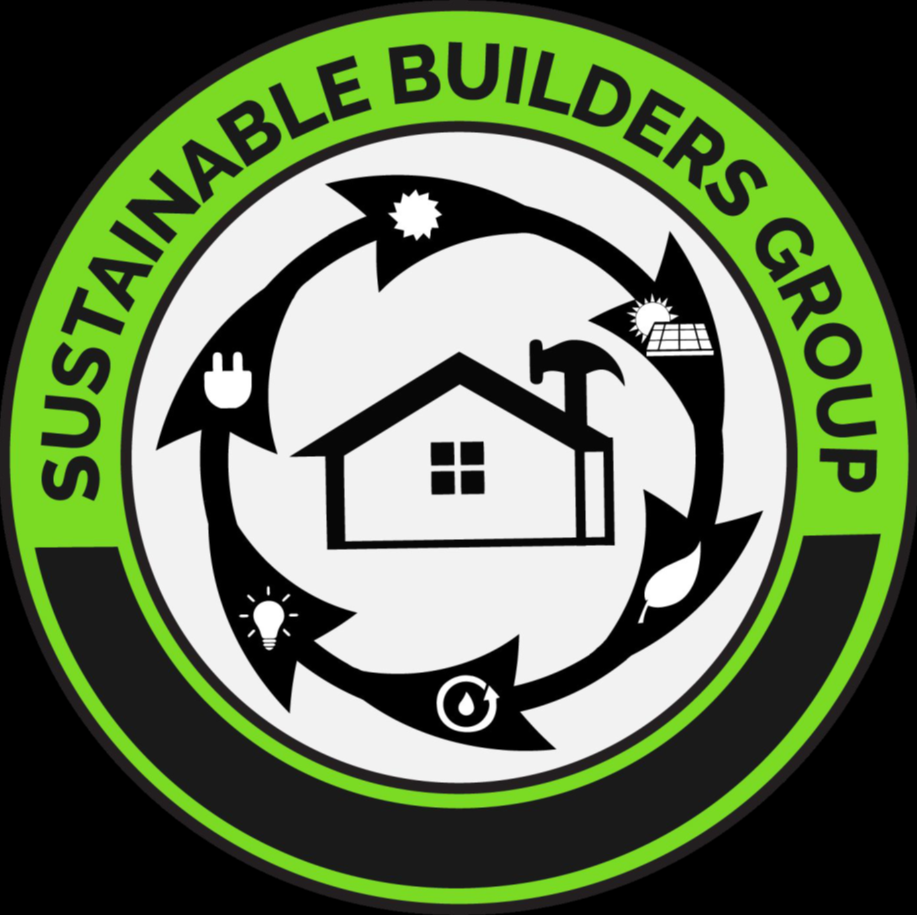What is affordable building? Is it just a cheap home or apartment that is better than a tent, or is it a place for someone to survive in for a short time? Or is it something built to code, which is the worst home you can legally build? If you don’t include operating costs, indoor air quality, durability, and material considerations, are you wasting your money? If you build a sustainable home, like a Passive House or, a step down, a Zero Energy home, you are going to have something that will get you through weather related events much easier and be much healthier to live in. The short version of the difference between a Zero Energy home and a Passive House is the number of solar panels needed to power the home. According to the EPA, a Zero Energy home can be as low as R-30 in the walls, but in our climate, we need about R-60 to get to Passive House standards. These standards change for different climates for Passive House and Passive House has decreased levels of insulation if you add more solar panels, or on sight energy, which we don’t agree with.
The EPA has a rating system for energy efficient homes, called the Home Energy Rating System (HERS). The HERS score goes from 1-100 generally but if you have an old home with little insulation, it may be a 160, which it would use 160% of the Energy of a code-built home. The lower the number the less energy it needs to power the home. For a Zero Energy home under the EPA, there are numerous checklists to go through, but the home has to be roughly HERS 50. By adding renewable energy, you can get to Zero Energy. For a Passive House it has to be around HERS 10, which means it only uses about 10% or the energy of a code-built home. To get to Zero Energy from there means a lot less renewable energy. Renewable energy means solar panels or wind generation or something similar which means more stuff to break down. There are many other considerations that go these home designations, like water heating, length of water lines and sizing, other things also.
The bottom line here is THE cheapest heating and cooling is lots of insulation, sealed up correctly, with the right windows and doors, a very efficient ventilation system and efficient heating and cooling after the other steps are done. In the long run that, extra money spent on the envelope of the home will save tremendous amounts of money over a 30-year mortgage.
Passive House level of building is like a 270-mpg car. With the energy you save over a 30-year mortgage, that home will be free with the energy you saved. You can lock the door and go wherever even in the winter and even in our climate, it won’t get below 50 degrees in that home without any heat added. A Passive House design also is built using sustainable, long-lasting materials. It is the toughest building code in the world. So, it may cost a little more to build, in the long run with everything figured in it is the most affordable, durable home with the best indoor air quality available.
So, is this the most affordable, sustainable building for you?

